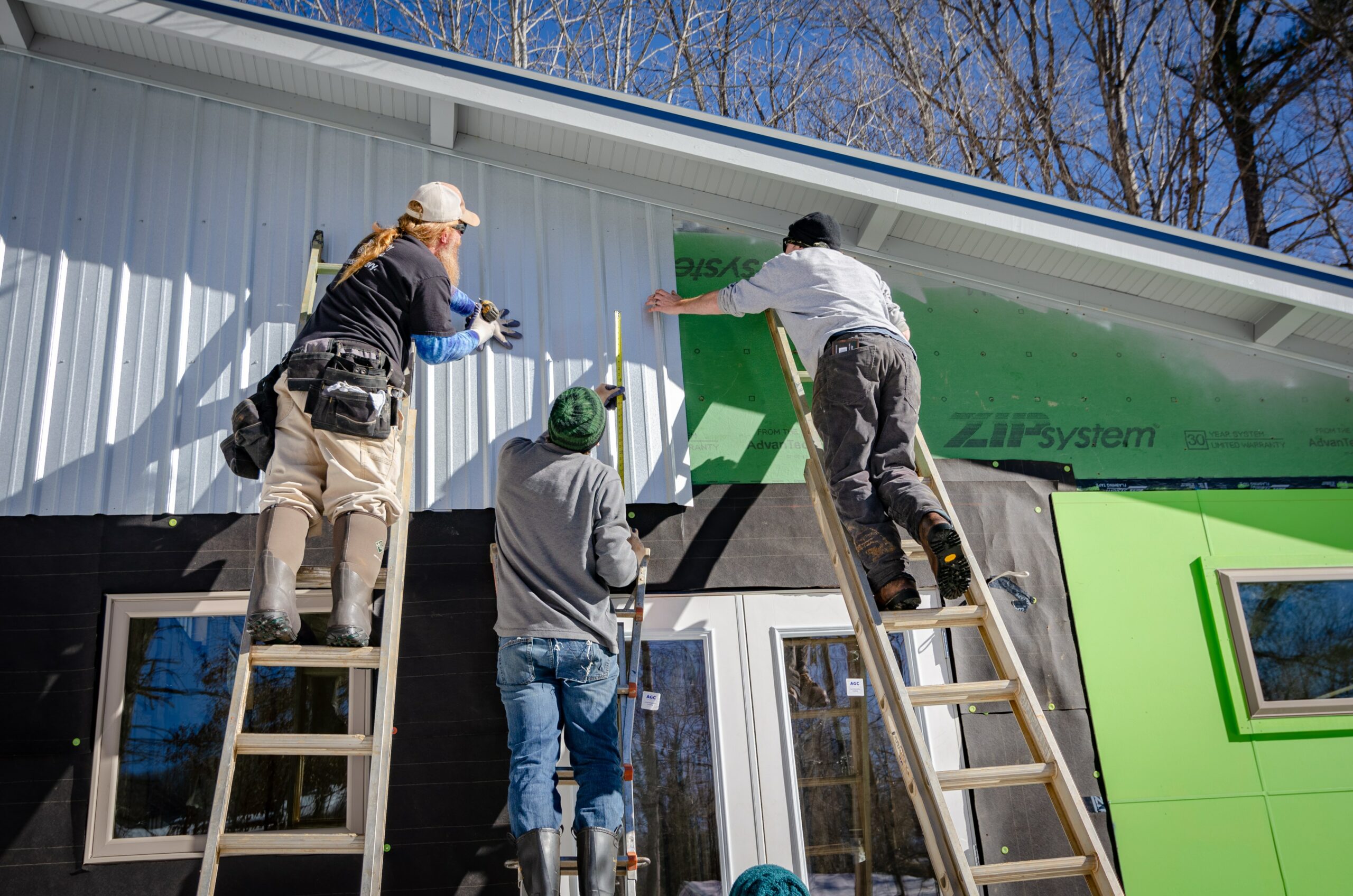The most energy-efficient homes may be built and designed using these 12 combined processes that use readily available building supplies and equipment as well as simple building techniques. Affordable zero-energy buildings are the pinnacle of energy efficiency. We can help create low-energy buildings that require less demand from the grid that are future homes standard ready for 2025.
The following techniques can help you create a new home that will be less expensive to own and build.
Start With Smart Design
Building a net-zero home involves a number of energy efficiency procedures, all of which should be understood by designers, architects, builders, and potential homeowners. Additionally, the residence should be planned such that contractors and builders may carry out these actions as cheaply as feasible. Builders should ask architects to pay special attention to a number of design criteria. These crucial elements won’t be overlooked thanks to a thorough collaboration between the builder and designer.
Solar Tempering By Using The Sun
During the winter, and using south-facing windows for solar heating reduces the need for heating. Summer cooling expenditures can be reduced by shading the same windows. Solar tempering attempts to maximise this passive utilisation of solar energy without adding more thermal mass at a higher cost than necessary to achieve optimal passive solar heating. When designing you should take solar tempering into consideration.
Use Energy Modelling To Optimise
To ensure that the aim of net-zero energy can be accomplished while keeping costs low, the energy use of the home should be evaluated during the design process using energy modelling software. To combine building performance and construction cost, design decisions can be made or amended based on the results.
Completely Seal The Building’s Perimeter.
The single most economical step builders can take to increase the energy efficiency of an airtight home is ensuring a thermally efficient envelope. BEWI’s ICF range alongside high-quality doors and windows can achieve airtightness of passive standard and lower.
Increase Building Envelope Insulation
The next most economical method for building an airtight home, after making the house airtight, maybe to super-insulate the house, and BEWI Building Systems include the ICF system THERMOMUR® and the insulated concrete raft system JACKODUR® ATLAS of which both systems are designed for the rapid construction of highly thermally efficient buildings, with market leading airtightness and excellent acoustic insulation. As previously said, energy modelling can assist you in achieving the ideal insulation levels for the ceiling, walls, and floors. Pick frame techniques that reduce thermal bridging and make it simpler to insulate the building envelope.
Use Windows and Doors that are Highly Insulated
Windows and doors are the third most cost-effective way to make a house more energy efficient because they act as large energy holes in an airtight, well-insulated building shell. By choosing the right window and door components, properly placing them, and maximising their size and orientation you can reduce heat loss and gain through windows and doors.
Establish a Reliable Fresh Air Supply
Since net-zero energy homes are so airtight, maintaining a constant supply of clean, filtered air and managing moisture levels are essential to their performance. One benefit of this ventilation requirement is that air-tight homes are cosier and healthier than conventional dwellings. High energy-efficiency ventilation systems, sometimes referred to as energy recovery ventilation (ERV) or heat recovery ventilation (HRV) systems, remove stale air while recovering its heat and reintroducing that heat to the house with the new air.
Decide on a System for Heating and Cooling that Uses Less Energy
Airtight homes work hand in hand with more modern methods of heating and ventilation, due to the lower levels of heat loss achieved via great air tightness. A heating system is not looked at as the main heating system anymore but as a supplementary back up you can also make the most of this with advancing technologies like heat pumps and infrared.
Carefully Heat Water
After heating and cooling, the cost of heating the water in a home is sometimes the highest. In order to reduce the amount of hot water used, it is crucial for architects and builders to choose and locate effective water heating technology, utilising technologies that work in conjunction with solar. Battery storage is a great way of reducing DHW (Domestic Hot Water) costs.
Adopt Energy-Effective Lighting
Air-tight homes must optimise lighting for residents while minimising energy consumption for lighting. These tasks are a good fit for LED lighting. They last a lot longer than Compact Fluorescent Lighting (CFLs), use less energy, and don’t contain mercury. Additionally, they can provide a range of lighting requirements, from intense white light to gentle, warm light. A home’s energy use can be significantly decreased by choosing the best LED lights for the job, placing lights in strategic locations, and making the most of natural light.
Choose Energy-Efficient Electronics and Appliances
Air-tight homes use high-efficiency HVAC and hot water equipment and have extremely energy-efficient building shells, the largest category of energy consumption in airtight homes is now appliances and electronics. As a result, the final stage in reducing home energy use is choosing high-efficiency devices and appliances.
Use Renewable Energy from the Sun
Grid-tied solar photovoltaic (PV) panels in conjunction with battery storage and a building design that has been carefully calculated to keep electrical loadings low are the most efficient and economical ways to power an airtight home. They may supply all the energy requirements of a house, including hot water, appliances, lighting, heating, and cooling systems.
For more information on how to make your home energy-efficient with BEWI’s Insulative Building Systems get in contact with one of our experts today.

